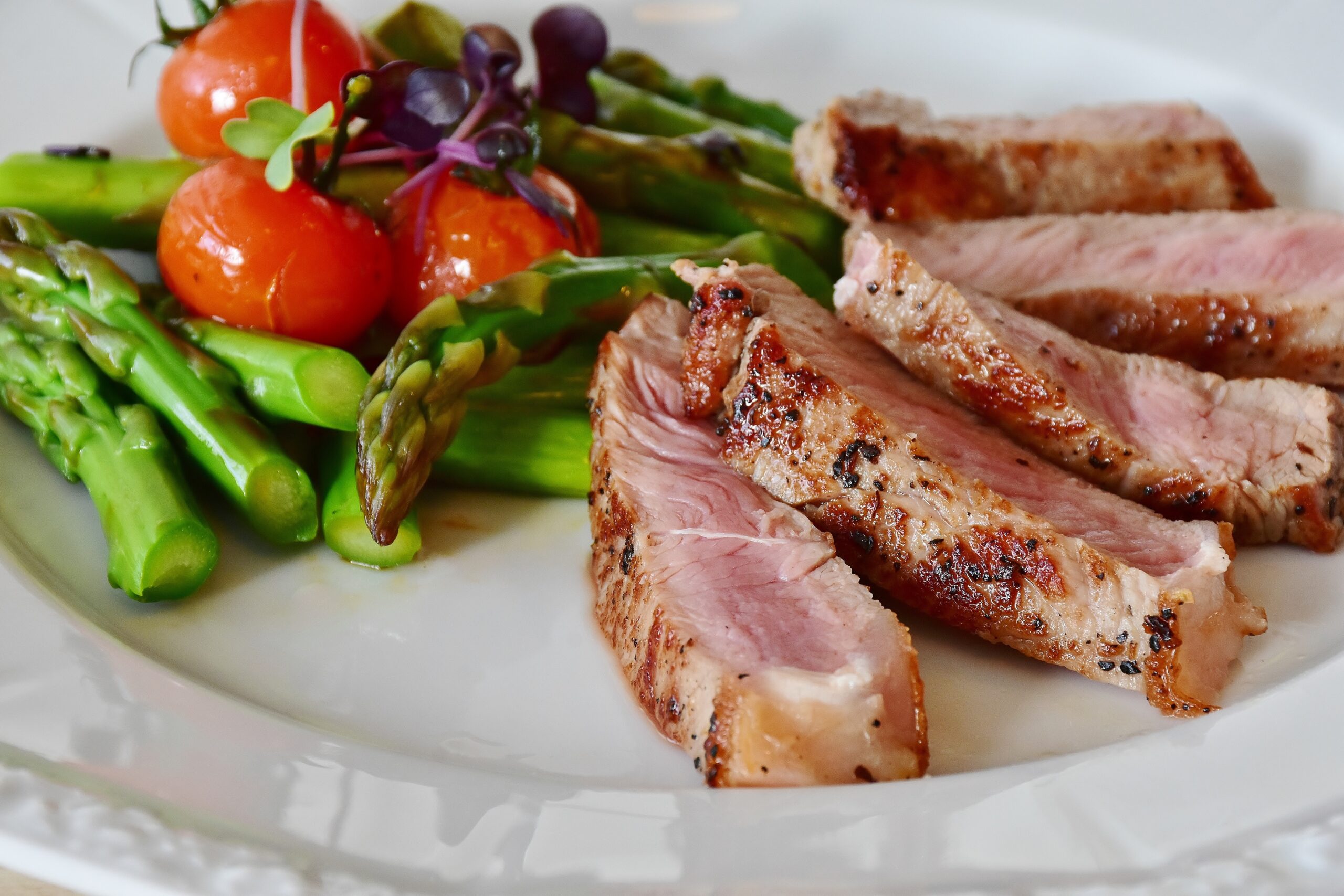Cand Protects Your Heart and Mental Health For while we’ve told that eating fat will put inches in your waistline, raise cholesterol, and trigger a myriad of health issues. Today we understand that not all Healthy fat are the same.
The “bad” fats, such as artificial trans fats and saturated fats, are the culprits for the unhealthy things that all fats have criticized for – weight gain, blocked arteries, increased risk of a particular disease, and so on. However, “excellent” fats such as unsaturated fats and omega-3s have the opposite result. Healthy fats play a huge role in helping you manage your state of mind, stay on top of your psychological video game, fight exhaustion, and even manage your weight.
By understanding the distinction between great fats and low fats and how exactly to include lots of healthy fats in your diet, you can improve your mood, improve your power and health, and even slim down.
Dietary fat and cholesterol

healthy fats
Healthy fats also play a main role in your cholesterol levels. Cholesterol is a fatty, wax-like compound that your body needs to function properly. Yet, when you get too much of it, it can be harmful to your health. Just like dietary fats or healthy fats, there are excellent and poor types of cholesterol.
HDL fat is the “good” type of fat in your blood.
LDL cholesterol is the “poor” kind.
The secret is to keep LDL levels low and HDL high, which can protect against heart disease and strokes.
On the other hand, high levels of LDL cholesterol can clog arteries, and low levels of HDL can be a pen to increased cardio risk.
Instead of the amount of fat you consume, the biggest impact on your cholesterol levels is the type of fats you eat. Instead of counting cholesterol, it is important to focus on replacing harmful fats with excellent fats
Unhealthy or “bad” fats
Given that fat is an integral part of a healthy and balanced diet, rather than a low-fat diet, it is more important to focus on consuming particularly beneficial “good” fats and limiting harmful “negative” fats.
The healthy and balanced or “excellent” fat
Monounsaturated flab polyunsaturated fats are known as “good fats” because they are good for your heart, cholesterol, overall well-being. These fats can help with:
Reduced the risk of cardiac disease and also stroke.
Lower the harmful LDL cholesterol levels while increasing the good HDL at the same time.
Stop abnormal heart rhythms.
Reduced triglycerides related to heart disease as well as to fight inflammation.
It lowered high blood pressure.
Avoid arteriosclerosis (hardening and narrowing of the arteries).
Adding more of these healthy and balanced fats to your diet can also make you feel much more satisfied after you eat, minimize hunger and promote weight loss.
Good fats vs bad fats
Healthy trans fats: Percentages of naturally occurring trans fats can create in meat and dairy products, but these manufacture trans fats that are considered dangerous. It is the worst type of fat since it raises not only harmful LDL cholesterol but also lowers acceptable HDL levels. Human-made trans fats can also produce inflammation linked to heart problems, strokes, and other chronic conditions and add to insulin resistance, which increases your threat of developing diabetes mellitus—type 2.
Healthy fats
In the United States, the FDA is carrying out invasions to ban the use of human-made trans fats in ready-to-eat foods, but it is still essential to carefully review food labels. No amount of human-made trans fat is considered safe, so the goal is to remove it from your diet.
Also Read: The Benefits and Uses of Olive Oil
Essential trans fat resources include:
Commercially – pastries, cookies, doughnuts, muffins, cakes, fresh pizza dough
They packaged junk food.
Stick margarine, vegetable reduces.
Fries (fries, chicken nuggets, fish).
Anything that includes hydrogenate or partially hydrogenated vegetable oil, if it claims to “trans-fat-free”.
Healthy saturated fats: While not as damaging as trans fats, saturated fats can raise low LDL cholesterol, and too much can harm heart health, so it’s best to eat them in small amounts. . While there is no requirement to eliminate all hydrogenated Healthy fat from your diet, most food experts suggest limiting it to 10% of your daily calories.
Primary sources of saturated fat include:
Red meat (beef, lamb, pork).
Chicken skin.
Whole milk products (milk, cream, cheese).
Butter.
Gelato.
Bacon.
Coconut oil and palm oil.
Also Read: What can you do to Avert childhood obesity?
The power of omega-3 fatty acids
Omega-3 fatty acids go to the class of polyunsaturated fatty acids and are particularly beneficial to health. There are many types of omega-3 fatty acids: EPA and DHA are found in fish and algae and have the most health and health benefits, while ALA is derived from plants and is much less effective, although the body converts ALA to EPA and DHA too low rates.
A research study found that a diet rich in omega-3 fatty acids could help:
Prevent and reduce symptoms of anxiety and bipolar disorder.
Protect from amnesia and mental deterioration.
Decrease your risk of cardiac disease, stroke, and cancer.
Relieves arthritis, joint problems and also inflammatory skin diseases.
Support for a healthy pregnancy.
Fight fatigue, sharpen your memory and balance your state of mind.
The very best causes of omega-3 fatty acids.
Fish: Resource of Omega-3
Anchovy.
Herring.
Salmon.
Mackerel.
Sardines.
Trout.
You didn’t.
Shellfish.
Oysters.
Halibut.
Vegan resources of omega-3 fatty acids
Algae, algae
Eggs
Flaxseed and flaxseed oil.
Chia seeds.
Rapeseed and soybean oil.
Walnuts.
Mayonnaise.
Edamame.
Beans
Brussels sprouts.
Kale.
Spinach.




